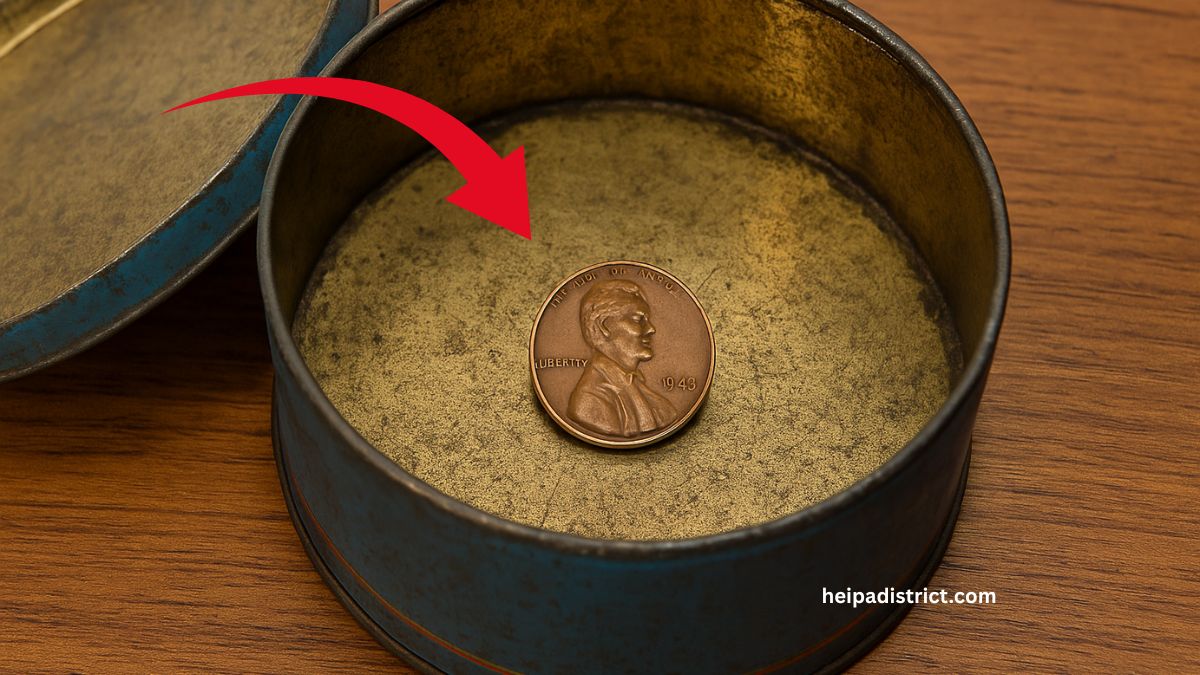1943 Bronze Penny Found In A Cookie Tin Sells For Record Price
In a remarkable twist of fate, a rare 1943 bronze Lincoln cent was discovered in a humble cookie tin, leading to a record-breaking sale exceeding $1 million. This coin, a product of a wartime minting error, has captivated collectors and historians alike
The 1943 Bronze Penny: A Wartime Rarity
During World War II, the U.S. Mint faced a copper shortage, prompting a switch to zinc-coated steel for penny production in 1943.
However, a few bronze planchets from 1942 were mistakenly used, resulting in a limited number of 1943 bronze pennies. These coins are exceptionally rare and highly sought after by collectors.
Key Details of the 1943 Bronze Penny
| Feature | Description |
|---|---|
| Year | 1943 |
| Composition | 95% copper, 5% tin and zinc (bronze) |
| Mint Locations | Philadelphia (no mint mark), Denver (“D”), San Francisco (“S”) |
| Known Specimens | Approximately 20 across all mints |
| Notable Sales | Over $1 million for a Philadelphia mint coin |
| Weight | Approximately 3.11 grams |
| Magnetic | No (unlike steel pennies) |
| Identification Tips | Check for 1943 date, absence of magnetism, and correct weight |
Record-Breaking Sale
The 1943 bronze penny discovered in the cookie tin was authenticated and graded as Mint State 63 Red by the Professional Coin Grading Service (PCGS). It was sold in a private transaction for over $1 million, setting a new record for this type of coin .
How to Identify a 1943 Bronze Penny
- Date and Mint Mark: Look for the year “1943” on the obverse side. Philadelphia coins have no mint mark; Denver and San Francisco coins have “D” and “S” respectively.
- Magnet Test: Bronze pennies are not magnetic. If the coin sticks to a magnet, it’s likely a common steel penny.
- Weight Check: A genuine bronze penny weighs about 3.11 grams, whereas steel pennies weigh around 2.7 grams.
- Professional Authentication: Due to the prevalence of counterfeits, it’s crucial to have the coin authenticated by reputable grading services like PCGS or NGC.
The discovery of a 1943 bronze penny in a cookie tin underscores the potential value hidden in everyday items. This rare coin’s journey from obscurity to a million-dollar auction highlights the enduring allure of numismatic treasures.
FAQs
How did bronze planchets end up being used in 1943?
Leftover bronze planchets from 1942 were inadvertently used in 1943, resulting in a small number of bronze pennies being minted.
Are all 1943 bronze pennies valuable?
Yes, due to their rarity and historical significance, all authenticated 1943 bronze pennies are considered highly valuable.
Can I find a 1943 bronze penny in circulation today?
It’s extremely unlikely, but not impossible. Most known specimens are in private collections or museums.

